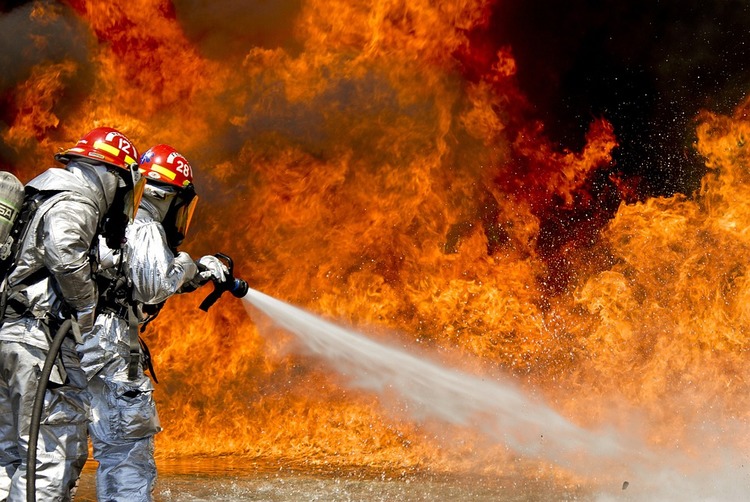
From building materials to furnishings, many of the things in your home likely aren’t as flame-resistant as those from yesteryear.
A fire in a modern home is a “perfect storm,” according to safety consulting and certification company UL (Underwriters Laboratories).
Larger homes, more open layouts, new construction materials and other factors mean fires burn more quickly, leaving less time for occupants to escape — and for firefighters to stop the flames. How much less time? About 30 years ago, you had about 17 minutes to get out of the house once it caught fire. Today? Just three or four minutes.
A lot goes into creating that “perfect storm,” experts say. Here are some key factors:
Building materials. Particle board and other man-made materials, which are lighter and cheaper than natural wood, often are used to construct homes today. This leads to larger homes at a lower cost, but they also burn more quickly than homes built with solid wood, concrete or masonry.
More space — and more stuff. Fires can spread quickly in homes that are largely open, with high ceilings, etc. And homes that are bigger typically have more things in them — which means there’s more fuel for the fire.
Newer stuff. The old days of couches, carpets, etc., made from all-natural materials are long gone. That’s great news for durability and price, but it’s not great for limiting fires. Though many modern furnishings are excellent at resisting smoldering (such as if a cigarette is dropped), once they actually catch fire, they burn very quickly.
What can you do? Well, unless you’re having a house built or doing an extensive remodel, you can’t really change the materials used to construct your home. However, there are a few things you should do immediately to help keep you and your family safe, no matter where you live:
- Make sure your smoke detectors are in working order.
- Create an escape plan for you and your family.
- Place fire extinguishers on each level of your home, as well as in the garage.
To learn more about fire safety, check out these tips from the American Red Cross. Because the best fire protection of all is preventing one from starting in the first place!
Reposted with permission from the original author, Safeco Insurance.


Discussion
There are no comments yet.